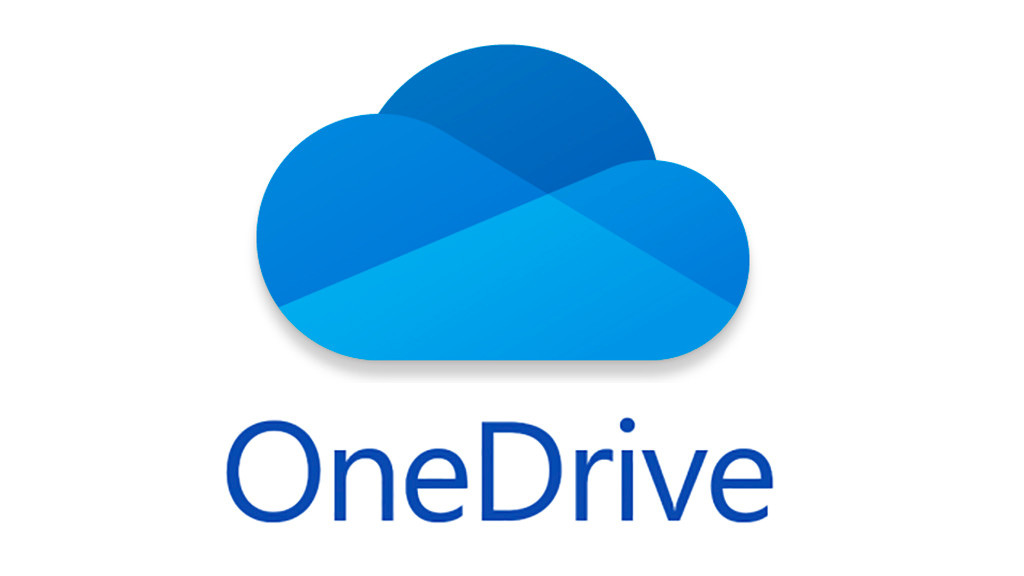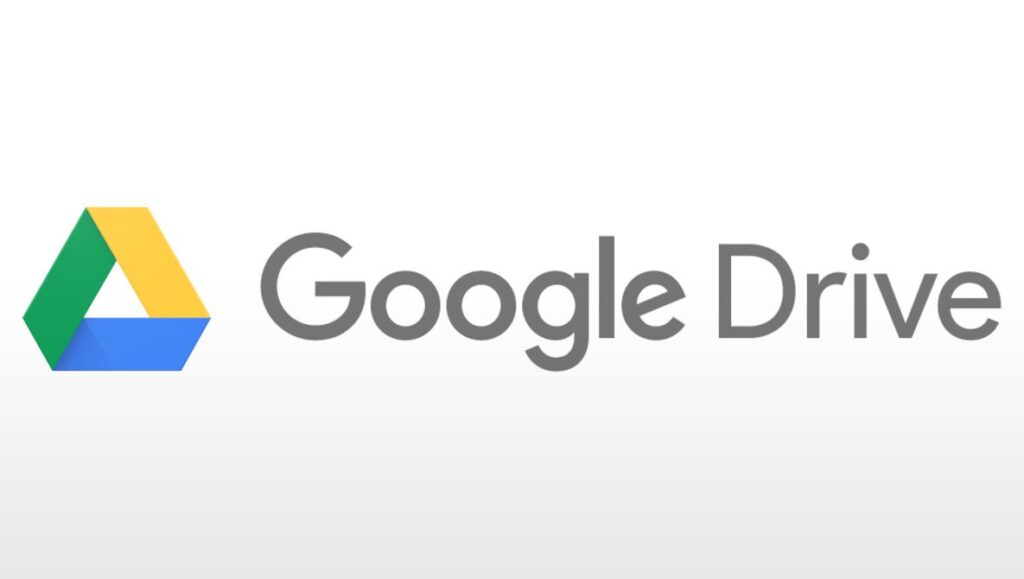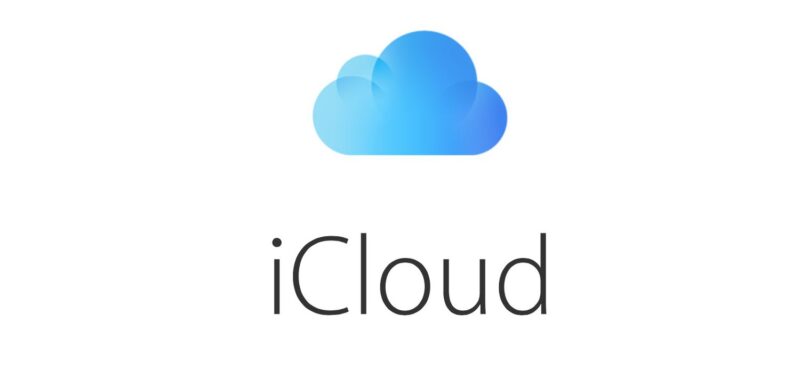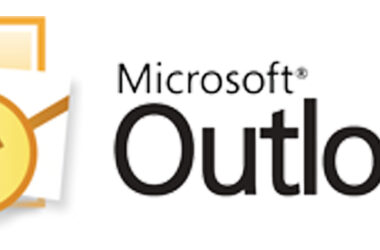In today’s rapidly evolving digital landscape, efficient data storage and synchronization have become integral aspects of our lives. Apple’s iCloud has long been a cornerstone of these services, offering an array of features that cater to seamless integration and accessibility. However, the dynamic nature of technology has given rise to a diverse array of iCloud alternatives, each with its own set of unique advantages.
In this in-depth guide, we embark on a journey through the realm of iCloud alternatives, uncovering their distinctive characteristics, benefits, and considerations. By the end, you’ll be equipped with the knowledge needed to make an informed decision tailored to your specific requirements.
Unveiling iCloud: Features and Limitations
iCloud: Apple’s Masterpiece of Synchronization
At its core, iCloud stands as a testament to Apple’s commitment to providing users with an integrated ecosystem. Boasting features such as seamless synchronization across devices, automated backups, and collaborative capabilities, iCloud has redefined the way we manage and access our digital lives. Its ability to effortlessly connect iPhones, iPads, Macs, and even Windows computers has solidified its place as a go-to cloud service.
The Limitations: Navigating iCloud’s Boundaries
Despite iCloud’s impressive capabilities, it’s not without its limitations. The storage tiers, while offering convenience, might prove insufficient for users with extensive multimedia collections or large work-related files. Moreover, iCloud’s ecosystem exclusivity might alienate those who utilize a combination of devices from various manufacturers.
The Need for iCloud Alternatives

1. Adapting to Diversity: Embracing Alternatives in a Multifaceted World
As the digital landscape diversifies, it’s natural for users to seek iCloud alternatives that cater to their unique needs. While iCloud serves admirably within the Apple ecosystem, individuals who navigate between different platforms may find compatibility challenges. The need for cross-platform accessibility and enhanced storage capacities has driven the quest for viable alternatives.
2. Expanding Compatibility: Bridging the Platform Gap
iCloud alternatives offer the flexibility to operate seamlessly across a multitude of platforms, from Windows and Android to Linux. This adaptability ensures that your data remains accessible regardless of the devices you use, allowing for a more fluid digital experience.
3. Storage Liberation: Unleashing Your Digital Horizons
For those whose digital lives encompass vast media libraries, extensive project files, and copious documents, the limitations of iCloud’s storage capacity might feel constricting. Exploring alternatives provides the opportunity to break free from these confines and embrace solutions that offer generous storage quotas.
4. Privacy at the Forefront: Seeking Enhanced Security
In an age where data breaches and privacy concerns are constant threats, some users prioritize alternatives that offer enhanced security features. Opting for an alternative with robust encryption measures ensures that your sensitive information remains shielded from prying eyes.
What Sets iCloud Apart?

1. Apple’s Symphony of Integration: Seamless Harmony Across Devices
Central to iCloud’s allure is its ability to orchestrate a harmonious symphony of integration across the Apple ecosystem. From the moment you create a document in Pages on your Mac to accessing it on your iPhone during your morning commute, iCloud’s seamless synchronization ensures that your workflow remains uninterrupted.
2. Backup Bliss: Safeguarding Your Digital Legacy
One of iCloud’s standout features is its automated backup system. The tranquility that comes from knowing your cherished memories, critical documents, and essential settings are securely stored in the cloud is unparalleled. In a world where hardware failures and accidents can strike unexpectedly, iCloud’s backup prowess provides a safety net.
3. The Apple-Centric Network: Weaving a Web of Connectivity
What truly distinguishes iCloud is its web of interconnected services. Whether you’re seamlessly transferring files through iCloud Drive, capturing and storing memories in iCloud Photos, or accessing important files through iCloud for Windows, the network of services ensures a cohesive and organized digital existence.
4. The Dance of Devices: Effortless Synchronization Across the Board
iCloud’s ability to facilitate a seamless dance between your devices transcends convenience – it becomes a way of life. Edit a document on your iPad during a flight, and by the time you land, the changes are flawlessly replicated across all your devices. This level of synchronization transforms the way we interact with our digital tools.
Commonly Used iCloud Alternatives For Data Management

When venturing beyond iCloud’s borders, an array of formidable alternatives emerges, each catering to different preferences and priorities. Let’s take an in-depth look at these alternatives:
1. Google Drive: Collaborative Cloud Powerhouse
Google Drive, an integral component of Google Workspace, stands as a compelling alternative for those who value collaboration and productivity. Its seamless integration with Google Docs, Sheets, and Slides allows teams to collaborate in real-time, fostering efficient teamwork and idea-sharing. Beyond its collaborative prowess, Google Drive offers a generous 15GB of free storage, ensuring ample space for your documents, photos, and other files. The ability to create and edit documents directly within the cloud adds a layer of convenience, enabling you to work on projects from any device with an internet connection.
2. Microsoft OneDrive: The Microsoft Ecosystem’s Backbone
For individuals deeply entrenched in the Microsoft ecosystem, OneDrive emerges as a natural and powerful alternative. Seamlessly integrating with Microsoft Office applications such as Word, Excel, and PowerPoint, OneDrive ensures that your documents, spreadsheets, and presentations remain in perfect sync across your devices. Its real-time collaboration features allow multiple users to collaborate on documents simultaneously, boosting productivity and streamlining workflows. Additionally, OneDrive offers a range of storage plans, providing flexibility to choose the capacity that best suits your needs.
3. Dropbox: Simplicity Meets Functionality
Dropbox has earned its reputation as a user-friendly and versatile cloud storage option. Its intuitive interface and straightforward sharing mechanisms make it a favorite among users seeking a no-frills alternative. Dropbox’s compatibility with various platforms and devices ensures that accessing your files is a breeze, regardless of your hardware. With the ability to share files and folders with both Dropbox users and non-users, collaboration becomes seamless and hassle-free. Dropbox Paper, the platform’s collaborative document editor, further enhances its utility for teams seeking efficient ways to work together.
4. Amazon Drive: Storage in the Amazon Rainforest
Catering to Amazon enthusiasts and media collectors, Amazon Drive offers a secure vault for your photos, videos, and documents. Its integration with Amazon Prime Photos provides a cohesive ecosystem for media storage and sharing. If you’re an Amazon Prime member, you’ll appreciate the additional storage space allocated for photos as part of your membership. Amazon Drive’s intuitive interface and straightforward setup process make it an accessible choice for users who prioritize simplicity and media organization.
5. Sync.com: Privacy-First Cloud Solution
For individuals who prioritize data privacy and security, Sync.com emerges as a strong contender. With a strong emphasis on end-to-end encryption, Sync.com ensures that your data remains confidential and shielded from unauthorized access. This makes it an ideal option for professionals, freelancers, and businesses that handle sensitive information. Sync.com offers a range of storage plans, allowing you to tailor your subscription based on your storage needs. Additionally, the platform’s user-friendly interface and intuitive sharing features make it easy to collaborate securely with colleagues and clients.
6. Box: Collaboration and Security
The box is a cloud storage and collaboration platform that excels in meeting the needs of businesses and teams. Its robust collaborative tools, including version history, document commenting, and workflow automation, empower teams to work together seamlessly on projects. Box places a strong emphasis on security, offering features such as advanced encryption, granular access controls, and compliance certifications that meet industry standards. While Box does offer a free plan, its business-oriented features and integrations with third-party apps make it particularly appealing to enterprises seeking a comprehensive cloud solution.
7. Nextcloud: Self-Hosted Control
For those seeking full control over their cloud storage solution, Nextcloud provides a self-hosted alternative that empowers you to create your own private cloud environment. This open-source platform allows you to host and manage your data on your own server, giving you complete control over security and customization. Nextcloud offers a wide range of features, including file synchronization, document collaboration, calendar and contact synchronization, and more. While setting up and maintaining a self-hosted solution requires technical expertise, Nextcloud’s flexibility and extensibility make it an attractive option for individuals and organizations looking to tailor their cloud environment to their unique requirements.
8. SpiderOak: Privacy-Driven Encryption
SpiderOak stands out as a privacy-focused alternative that prioritizes end-to-end encryption and zero-knowledge architecture. This means that only you have access to your data, and SpiderOak cannot access or decrypt your files. This high level of security makes it an appealing choice for individuals and businesses handling sensitive or confidential information. SpiderOak offers features such as cross-device synchronization, secure file sharing, and backup and recovery. While its emphasis on security is a major draw, it’s important to note that the platform’s user interface and collaboration features may not be as polished as some other alternatives.
9. pCloud: User-Friendly and Versatile
pCloud appeals to users seeking a user-friendly and versatile cloud storage solution. Its intuitive interface and easy-to-navigate file structure make it accessible to users of all levels of technical expertise. pCloud offers a range of storage plans, with the option to choose between lifetime subscriptions and monthly plans. One standout feature is the “pCloud Rewind” feature, which allows you to restore previous versions of files and recover deleted files within a specified timeframe. pCloud’s media playback capabilities further enhance its utility, allowing you to stream music and videos directly from your cloud storage.
10. Mega: Mega-Sized Encryption
Mega, known for its emphasis on encryption and privacy, offers end-to-end encryption for your files, ensuring that only you can access and decrypt your data. With a generous amount of free storage space and competitive pricing for premium plans, Mega appeals to individuals and businesses seeking secure cloud storage without breaking the bank. Mega’s intuitive interface and straightforward sharing features make it accessible to users who value simplicity and security.
Factors To Consider While Choosing The Perfect iCloud Alternative

Selecting the optimal iCloud alternative requires careful evaluation of several key factors that align with your unique needs and preferences. Here are crucial considerations to guide your decision-making process:
1. Platform Compatibility: A Universal Fit
When seeking an iCloud alternative, ensure that the chosen option seamlessly integrates with the platforms and devices you use most frequently. Whether you’re a Mac devotee, a Windows aficionado, or an Android enthusiast, compatibility ensures uninterrupted access to your data.
2. Storage Capacity: Room to Breathe and Expand
Evaluate your storage requirements based on your digital lifestyle. If you’re a content creator, media collector, or avid photographer, opt for an alternative that provides ample storage to accommodate your ever-growing digital library.
3. Collaboration Features: Fostering Productive Partnerships
For individuals and teams that thrive on collaboration, prioritize alternatives with robust collaborative tools. Look for options that allow real-time document editing, seamless file sharing, and efficient communication.
4. Security and Privacy: Fortifying Your Digital Fortress
In an age of cybersecurity threats, prioritizing the security and privacy of your data is paramount. Opt for alternatives that implement advanced encryption measures and comprehensive security protocols to ensure your information remains safe from unauthorized access.
5. User Interface and Experience: Intuitive Navigation
A user-friendly interface enhances your overall experience and simplifies data management. Choose an alternative that offers an intuitive interface, easy navigation, and a streamlined user experience.
Conclusion: Making an Informed Choice
As the digital landscape continues to evolve, so does the landscape of cloud storage and synchronization solutions. While iCloud has etched its mark as a preferred choice within the Apple ecosystem, the world of alternatives is ripe with options that cater to a diverse array of needs. By meticulously considering factors such as compatibility, storage capacity, collaboration features, security, and user experience, you’re empowered to make an educated decision that aligns seamlessly with your digital lifestyle. Whether you’re an Apple aficionado or a cross-platform pioneer, the realm of iCloud alternatives offers a wealth of possibilities to optimize your data management endeavors.









